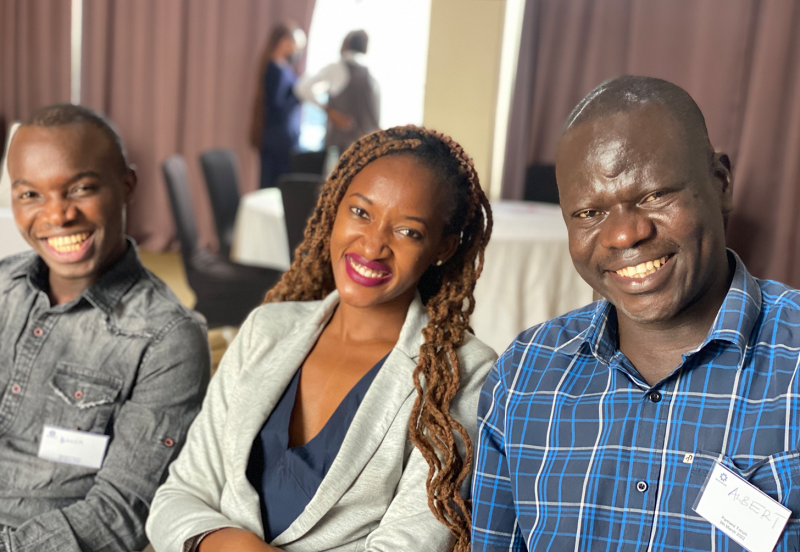No one falls in love like another person. For each person it's unique. When it happens when you're travelling, everything moves at an incredible pace. Together you flash through temporary moments in a world of your own creation. Everything is magnified by an impending flight, bus or train taking you apart. You will only ever have a few days or months, but it will feel like a lifetime.
I have experienced this time and again throughout my many years of travelling, but it's so rare that a story of international love has a happy ending.
This year I was a part of one, a tale of an Australian guy and a Colombian girl. The wedding was held in the heartland of Colombian in a town called Villavicencio. Many of the guests were Australian like myself, and we soon found out that what makes a Colombian wedding special are all the elements that an Australian wedding doesn't have. It was wild, it was beautiful and it was like nothing we had ever seen.
The Godfather and the Godmother
No, Marlon Brando and the Fairy Godmother aren't on the guest list. At a Colombian wedding there is no Best Man and no Maid of Honour, there is a Godfather and a Godmother.
I was given the role of Godfather and accepted it with great honour. I spent the day demanding respect from other guests with a deep husky voice, but this wasn't my actual role. The Godfather is on call 24/7 to give marriage counselling to the groom, as the Godmother is to the bride. As one of the only single men at the wedding it was an interesting choice to say the least. The only piece of advice I could offer on the day was from watching Sofia Vegara in Modern Family: “Never get into an argument with a Colombian woman.”
The Guayabera
To attend a Colombian wedding means to look and feel Colombian. All of the male guests were required to wear Guayabera suits, entirely made of white cotton. If you have ever been to Monte Carlo then you will know that it's the same outfit worn by millionaires. Despite the considerably lower incomes in Colombia, with a fedora and a cigar in hand we still felt like kings.
In Sickness and in Wealth?
In the midst of the ceremony, as we were wiping the tears away, a custom took place called the Bride Price, Las Arras. The priest handed 13 coins to the groom and then he handed them over to the bride. Whilst it may seem like the groom is paying for his bride, the rite isn't quite so medieval. It's a symbol of trust, which proves the groom is able to provide for his new family.
So You Think You Can Dance?
With the ceremony over, the fiesta began. Like all South Americans the Colombians took to the dance floor as if it were their natural environment. With the unlimited whiskey I had the confidence of a dance commander, but was entirely upstaged. Colombians are born dancers and have never been shy of showing off their skills. As a foreigner, I was empathized with and ever so slowly given a life long lesson in rhythm.
Crazy Hour
At 1 a.m., I was a fool for thinking the wedding was tapering down. This, after all, is Colombia. A conga line of drummers charged onto the dance floor and their beats took over from the DJ. Salsa queens followed with beaded bras, mini skirts and feathers fanning out from their hair.
This was Crazy Hour. Each Colombian wedding has its own theme—this one was Brazilian Carnival. By sunrise it had become beyond crazy and borderline lunacy.
The Happily Ever After Asado
The day after the wedding was dedicated to the Asado. Just because the main event is over doesn't mean by any means that the festivities are as well. All of the guests gathered once again and grazed on sides of cow, plantains and potatoes. We reflected on the previous night and realized the best way to wish the newlyweds a happily ever after was to do it all again.
Add this article to your reading list




